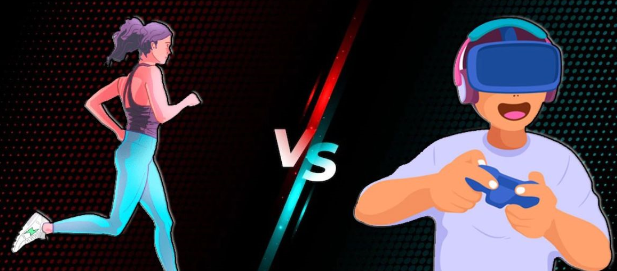Would you be interested in websites or apps where you may earn money playing games? In the past ten years, few would have believed this question. Blockchain makes this possible. Move to Earn (M2E) and Play to Earn (P2E) are now popular blockchain gaming themes. These two fields could transform in-game communication. Blockchain technology’s ability to boost the gaming industry benefits communities and users worldwide. In this article, Chainplay will compare the merits and cons of these two game types and analyze their profitability.
A New Era for Gaming Has Begun With Decentralization
Consider yourself a serious gamer. You’ve put in considerable time and beaten the tough levels that stump most players. Hundreds of gaming peers are jealous of your accomplishments. You’re enjoying the high life and proud of your talents, fame, and riches. Then the creators have published a patch that radically affects the game. Half of your riches have been seized. Your characters’ ammo and skin lock, and their accouterments vanish. It could be a nightmare. This is an example of the dangers of a monopolized and centralized system.

Monopoly dominance is a motivating reason behind calls to regulate the gaming industry. Today’s gamers desire more freedom in how and when to use in-game stuff. Gamefi is one of these new concepts because it allows players to win prizes while also providing them with financial independence. Gamefi’s ecosystem comprises Move to Earn, Play to Earn (P2E), and others.
Gaming and Fitness: Two Industries Where Blockchain Could Make a Difference
Smart contracts, De-Fi, and Metaverse have advanced rapidly thanks to blockchain technology. Its use is rising as developers construct games and fitness apps. Since the Metaverse’s birth, incentive-based attendance has increased, and blockchain have changed the creative economy. This industry has progressed far from early Nintendo console prototypes to metaverse-based immersive gaming.
A few years later, online battle games came out. Hopes and anxieties were reflected in battle games. Peer-to-peer gaming is the latest addition to this gaming industry, as it recognizes in-game achievements.
Play to Earn Games
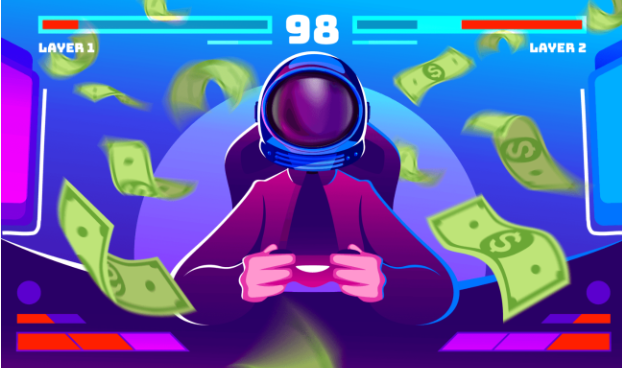
Play to Earn blends gaming with blockchain tech. Real money invested in a P2E game earns tokens. These coins have real-world value and can be traded for other cryptocurrencies. Usually, a player’s in-game performance affects the magnitude of their award. P2E games have become popular since 2021. Axie Infinity and Sandbox are two of the best-known developers.
Axie Infinity
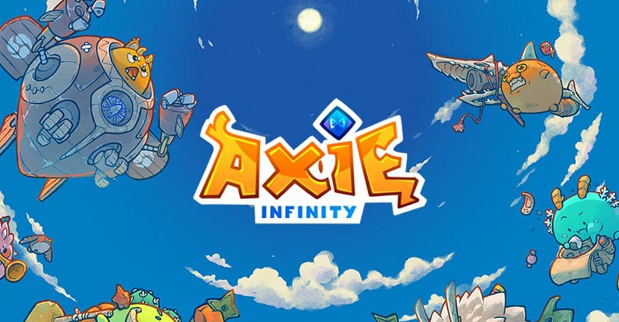
Built on Ethereum, Axie Infinity dominates peer-to-peer. Axie’s, a form of NFT, can be bought, rented, and used in-game. Smooth Love Potions (SLPs) are cashable in-game tokens. The game was compromised, but the staff is attempting to restore it. Despite the crypto winter, this game has sold approximately 3500 ETH in axies, indicating player involvement.
Sandbox
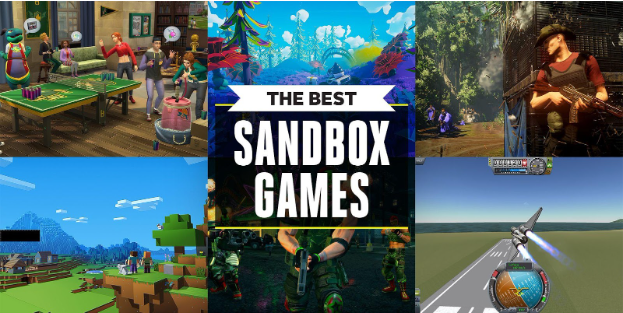
Sandbox, a game in mobile, moved to blockchain in 2018. NFT-using gamers shape virtual environments. Fewer rules mean participants can express themselves more. In-game traders can buy and sell goods. A decentralized marketplace lets gamers trade things. Sandbox Game-maker lets users design games. Sandboxes use SAND tokens.
Move to Earn Apps

Applications called Move to Earn (M2E) encourage users to lead healthy lifestyles and reward them for doing so. The applications monitor the user’s geographic location and reward them in proportion to the number of physical activities they perform. STEPN and MetaGym are probably the most popular M2E apps developed.
STEPN
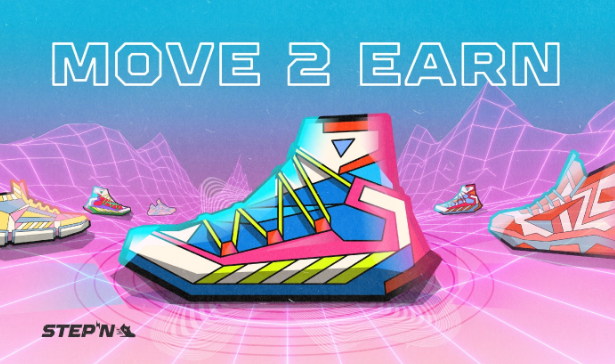
M2E apps gained popularity with STEPN, the dominant M2E platform. STEPN promotes walking, running, and playing. Users can collect NFTs in the app, such as a badge, footwear, or a diamond. Green Satoshi Tokens can be cashed out or utilized in the app’s economy. STEPN made $122 million in the second quarter of 2022. The funds will be used to hire more developers and improve the software.
MetaGym
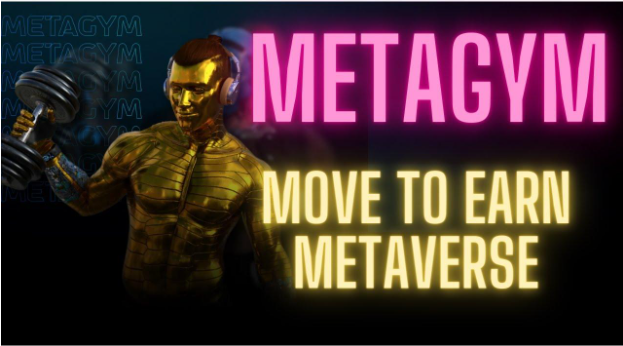
Exercise to Earn is a unique feature of MetaGym’s smartphone app, and its connectivity with wearable devices via Sleep-Fi, Fit-Fi, and Game-Fi is also unique and exceptionally different. Users with MetaGym Buddies (NFT Metaverse Avatars) can earn Heart Rate Tokens (HRT) by exercising, tracking their diets, and achieving other fitness-related goals. Individuals can exercise and enhance their health by buying in-game things using Crypto gained with the NFT Avatar. It’s possible they’ll sell or rent their avatar and divide the revenue. Users can buy Avatar shoes, clothes, and equipment to maximize HRT from rewarding activities.
M2E vs. P2E: A Comparison
Sustainability comparison
As with any new market, there are issues about the long-term viability and strength of play-to-earn and also move-to-earn ecosystems. In games, you must pay to play or advance. Creating a sustainable in-game environment that serves all players is difficult. P2E games are more complicated than others.
Popularity comparison
There are now rewarding and fascinating blockchain games. The Sandbox and Decentraland use NFTs to safeguard player ownership/authority of in-game assets and promote corporate collaboration. These games focus less on money. M2E games still have a long way to go and many more web2 apps to beat. The fitness business is years ahead of the rest of the work-from-home sector in convincing communities it is not a Ponzi scheme.
Assessing Rewards and Income Potential
From the user’s perspective, each method may seem equivalent. They must be entertaining and make money with not having hard work. Both systems have distinctions. The income model and incentive system have two essential distinctions. The M2E model favors real-world consumers, while the P2E paradigm favors gamers.
In P2E, game performance determines rewards. More active M2E users are rewarded. You can also recognize that Move to Earn is easier to be a fun hobby than a game. Dancing and gaming are distinct, right?
Second distinction: M2E isn’t a game, but P2E is. P2E’s malleability allows us to notice variation. M2E’s value won’t be recognized for a while despite its spectacular ascent.

